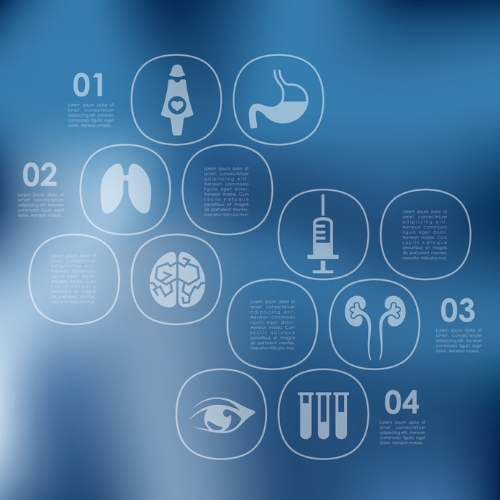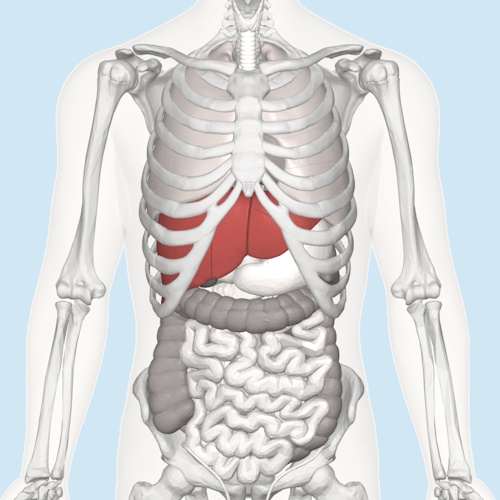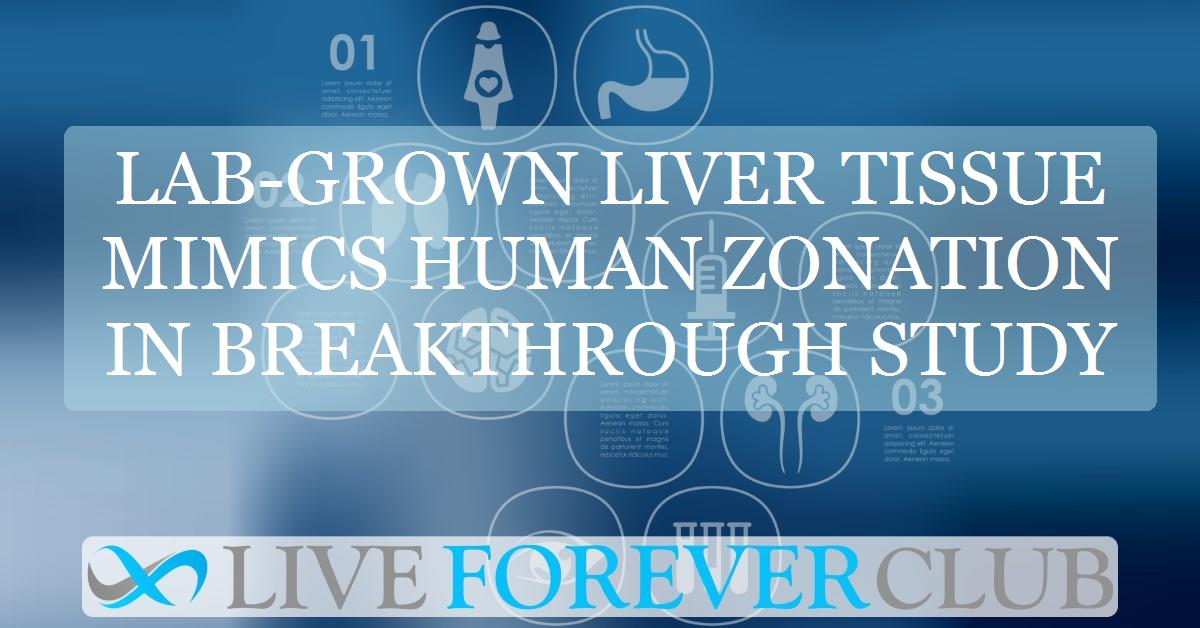Key points from article :
In a significant advance for regenerative medicine, researchers at Cincinnati Children’s Hospital Medical Center have developed lab-grown human liver organoids that successfully mimic the liver’s complex zonal architecture. Published in Nature and led by Dr. Takanori Takebe, the study demonstrates that these multi-zonal liver organoids improved survival in rodents with damaged livers—offering promise for both drug development and future transplant alternatives.
The liver performs vital metabolic tasks through a structure known as zonation, which divides it into three regions with distinct functions. Replicating this intricate layout has long been a challenge in the lab, limiting the usefulness of artificial liver tissue. The new organoids, however, closely resemble natural liver tissue, functioning more accurately and offering a more powerful model for studying liver disease.
In transplantation experiments, rodents treated with the organoids showed nearly double the survival rate compared to controls. Beyond potential therapeutic applications, these lab-grown tissues also have major implications for drug testing. Their more human-like response to drugs could improve early-stage safety screening, reduce reliance on animal models, and lower the risk of drug-induced liver injury.
While clinical use is still years away, this breakthrough brings the idea of personalised, lab-grown liver tissue one step closer. With thousands of people dying each year while waiting for liver transplants, researchers hope these advances may eventually provide an alternative to donor organs—and a new path for treating liver diseases without surgery.







